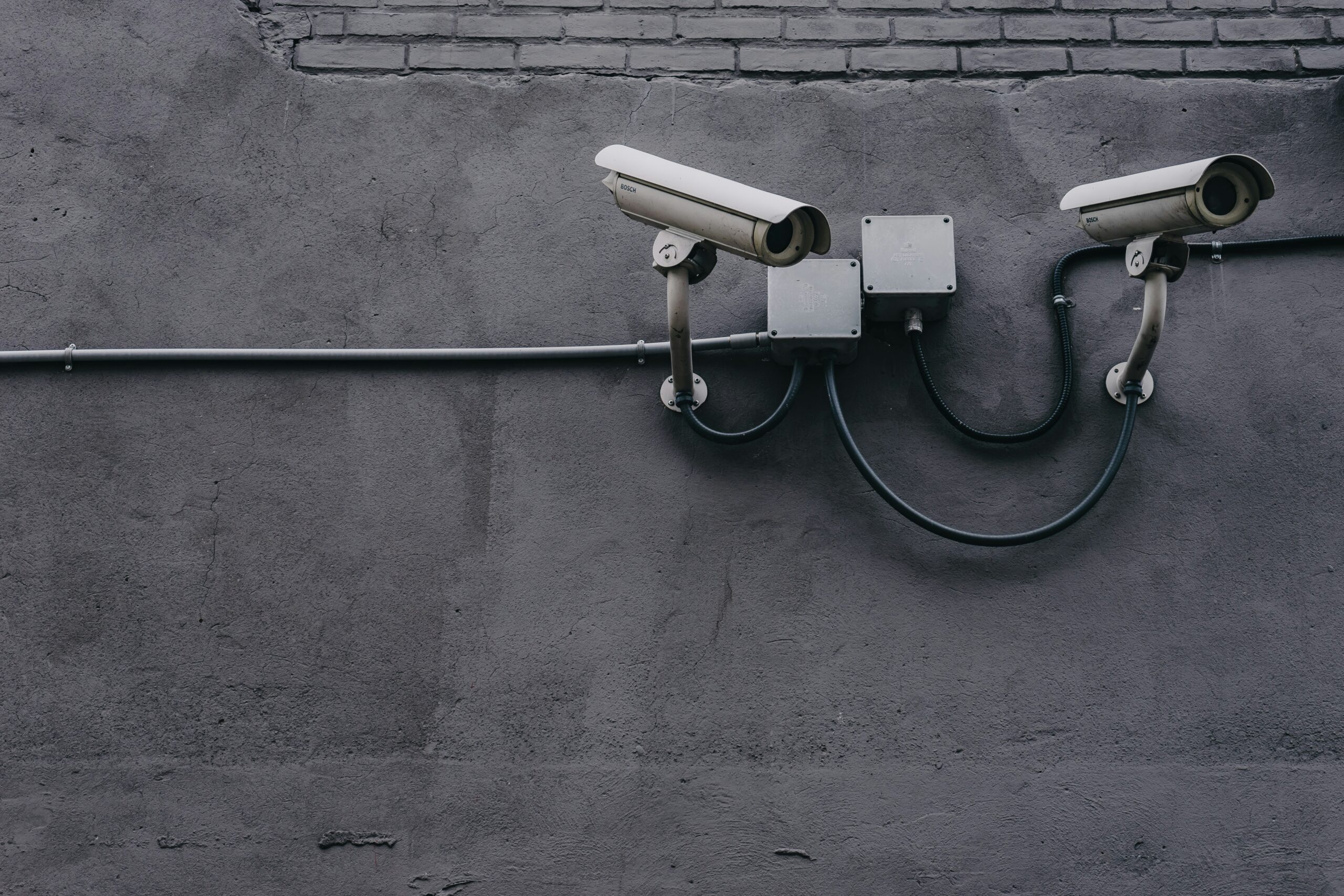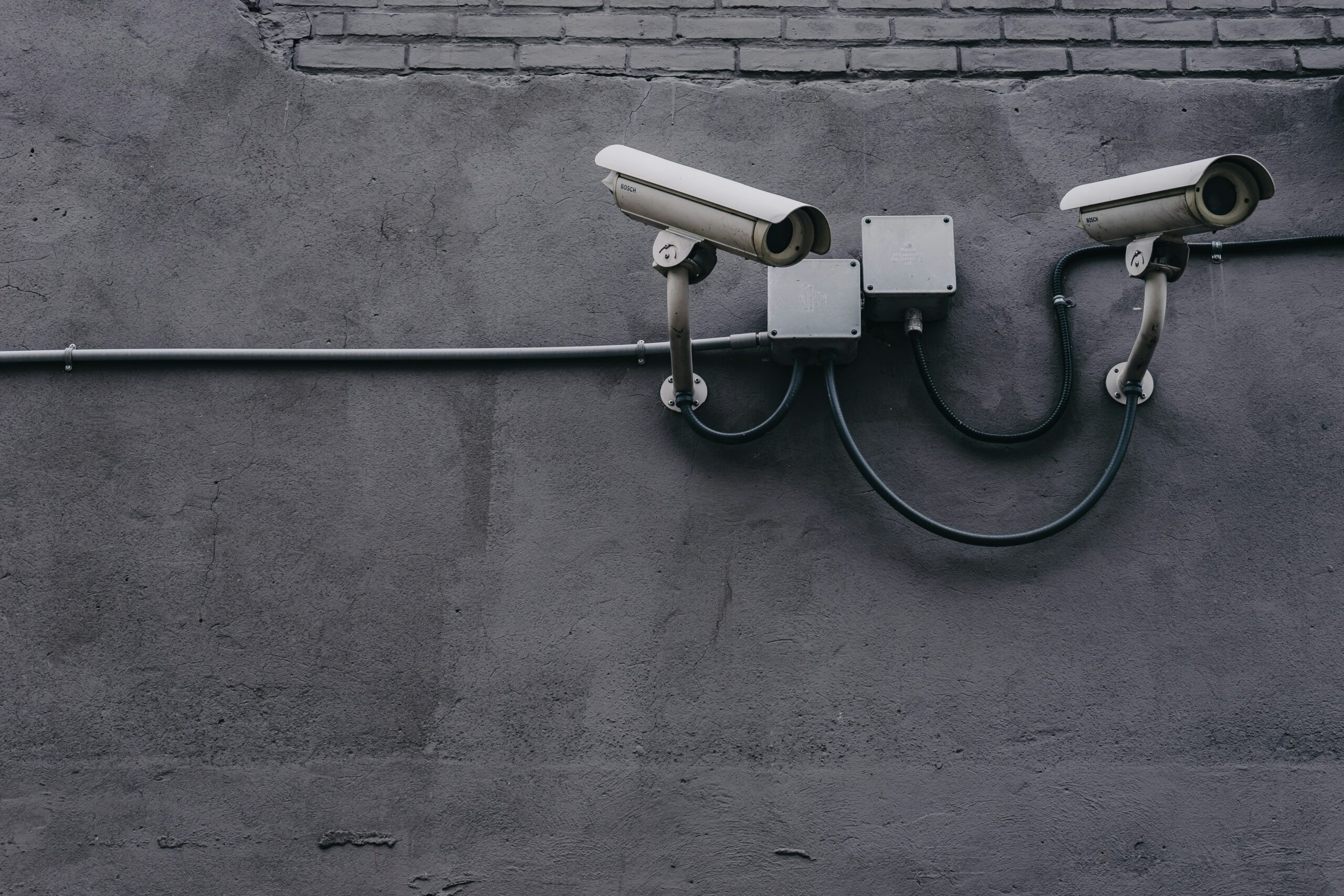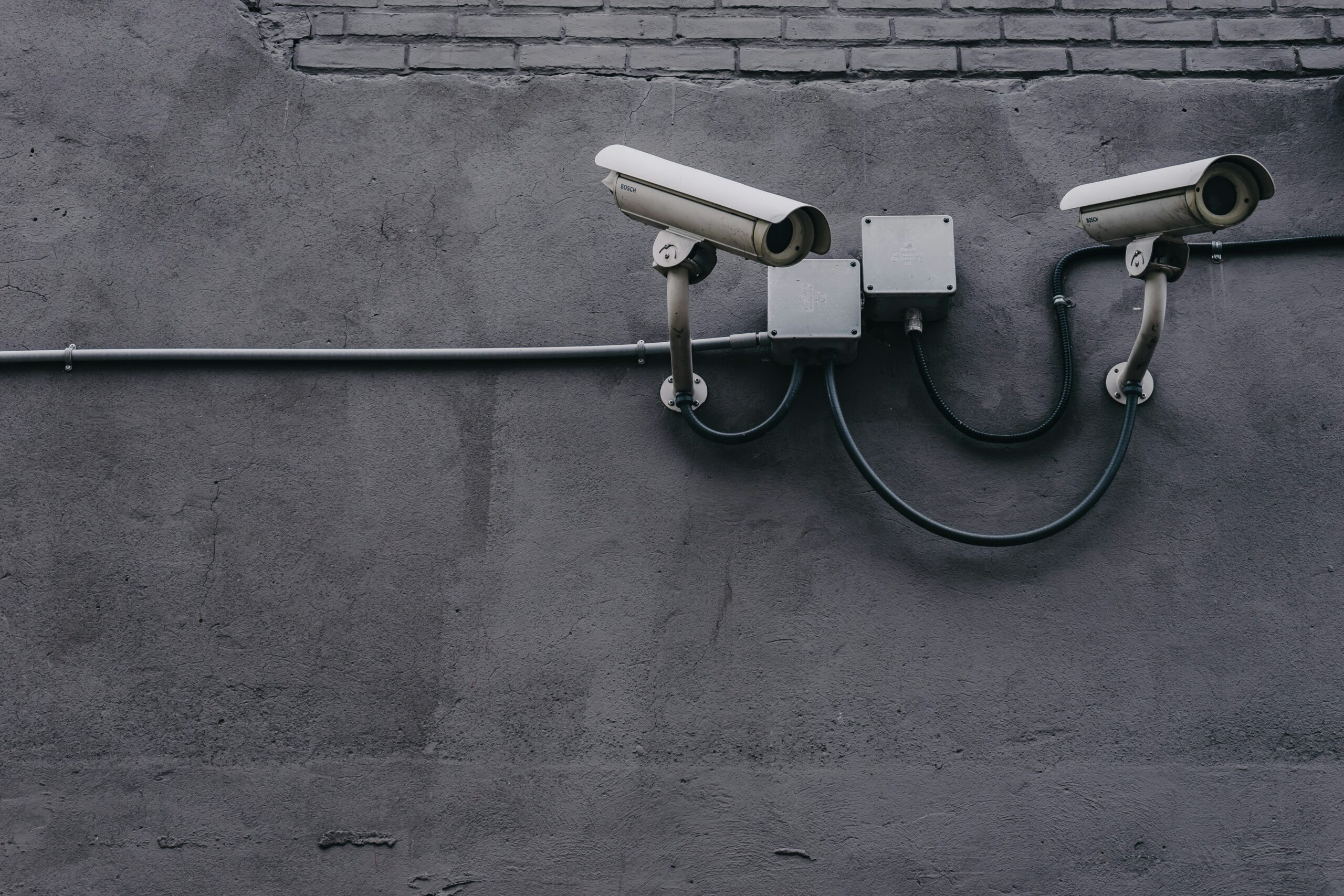Best Practices for Continuous Monitoring of Vendor Security
March 24, 2024 | by aarbi4712

Introduction
Continuous monitoring of vendor security is crucial for organizations to ensure the safety and integrity of their data and systems. With the increasing reliance on third-party vendors for various services, it is essential to establish best practices for ongoing monitoring of vendor security postures. This blog post aims to provide insights into the best practices that organizations can adopt to ensure continuous compliance and effective risk management.
1. Establish a Vendor Risk Management Program
One of the fundamental steps in continuous monitoring of vendor security is to establish a comprehensive vendor risk management program. This program should outline the processes, policies, and procedures for assessing and managing the risks associated with vendors. It should include:
- Clearly defined roles and responsibilities for vendor risk management
- A standardized risk assessment framework
- Regular vendor risk assessments and due diligence
- Documentation of vendor security controls and practices
2. Conduct Regular Vendor Assessments
Regular assessments of vendor security practices are essential to ensure ongoing compliance and identify any potential security gaps. These assessments should include:
- Reviewing vendor security policies and procedures
- Evaluating vendor security controls and technologies
- Assessing the vendor’s incident response and business continuity plans
- Verifying the vendor’s compliance with relevant industry standards and regulations
By conducting regular assessments, organizations can proactively identify any weaknesses in vendor security postures and take appropriate measures to mitigate the risks.
3. Implement Continuous Monitoring Tools
Continuous monitoring tools play a vital role in ensuring real-time visibility into vendor security postures. These tools can help organizations:
- Monitor vendor networks and systems for any suspicious activities
- Track and analyze vendor security events and incidents
- Generate automated alerts for potential security breaches
- Provide comprehensive reports on vendor security performance
By implementing continuous monitoring tools, organizations can proactively detect and respond to any security threats or vulnerabilities in vendor environments.
4. Establish Vendor Security Metrics
Establishing vendor security metrics is essential for measuring the effectiveness of ongoing monitoring efforts. These metrics can include:
- Number of vendor security incidents
- Time taken to resolve vendor security incidents
- Percentage of vendors compliant with security requirements
- Number of vendor security control weaknesses identified
By tracking these metrics over time, organizations can identify trends, benchmark vendor performance, and make informed decisions to improve vendor security postures.
5. Foster Collaboration and Communication
Continuous monitoring of vendor security requires collaboration and communication between various stakeholders, including:
- Internal teams responsible for vendor management and security
- Vendors and their security teams
- Auditors and regulators
Regular meetings, sharing of information, and open lines of communication are crucial for addressing any security concerns, resolving issues, and ensuring ongoing compliance.
Conclusion
Continuous monitoring of vendor security is a critical aspect of effective risk management and compliance. By following the best practices outlined in this blog post, organizations can establish robust processes and procedures for ongoing monitoring of vendor security postures. This will help them identify and mitigate potential risks, ensure compliance with security requirements, and maintain the integrity of their data and systems.
RELATED POSTS
View all


